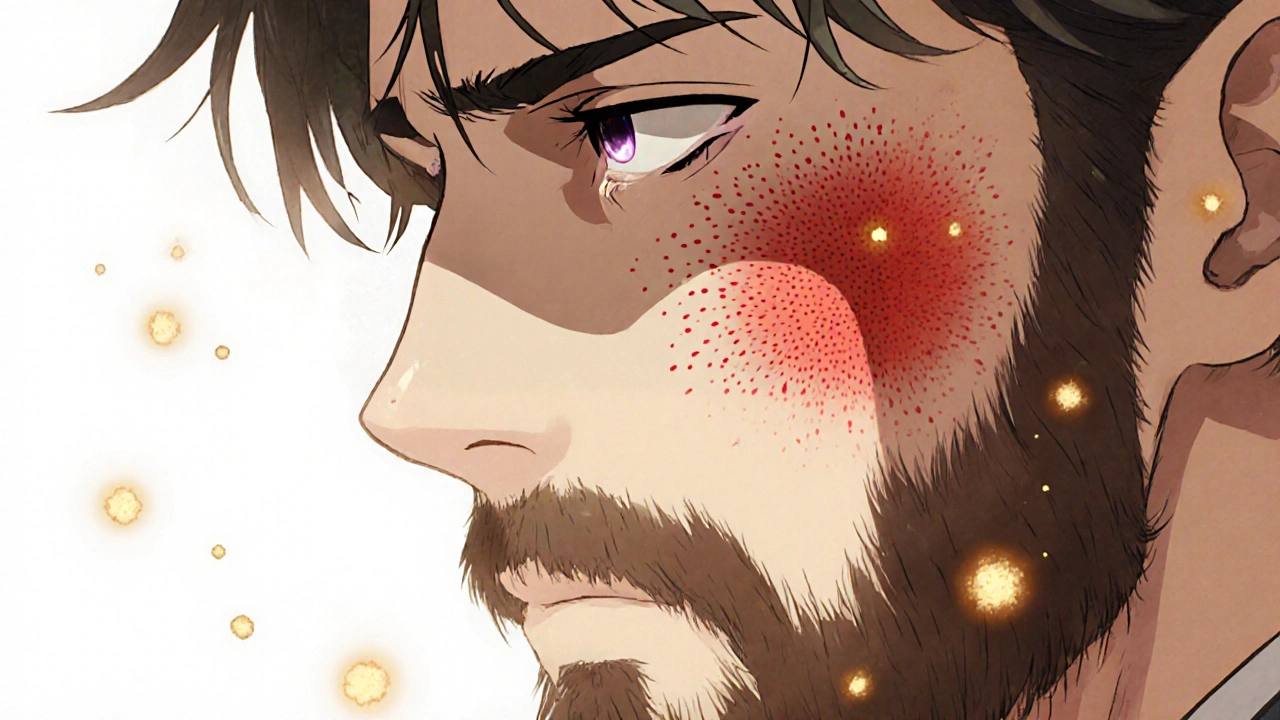Antifungal Treatment: Effective Options, Common Drugs, and What Works Best
When you’re dealing with a stubborn fungal infection—whether it’s athlete’s foot, ringworm, or a yeast rash—you need more than just luck. Antifungal treatment, a targeted approach to kill or stop the growth of fungi causing skin, nail, or mucosal infections. Also known as antimycotic therapy, it’s not one-size-fits-all. What works for a foot fungus might do nothing for a vaginal yeast infection, and using the wrong product can make things worse. These infections don’t just itch—they can spread, linger for months, or come back after you think they’re gone. That’s why choosing the right antifungal treatment matters more than you think.
Lotrisone, a combination of clotrimazole and betamethasone used for fungal skin infections with inflammation. Also known as clotrimazole-betamethasone cream, it’s a go-to for rashes that are red, swollen, and itchy. But it’s not a cure-all. The steroid in Lotrisone reduces swelling fast, but it doesn’t kill the fungus alone—you need the clotrimazole for that. And if you use it too long or on the wrong area, you risk thinning your skin. That’s why many people turn to clotrimazole, a common topical antifungal that targets yeast and mold without steroids. Also known as Canesten, it’s available over the counter and works well for mild to moderate cases. Then there’s betamethasone, a corticosteroid often paired with antifungals to calm irritation. Also known as Celestone, it’s powerful but risky if misused. You don’t need it for every fungal rash. Sometimes plain clotrimazole or terbinafine does the job better, with fewer side effects.
Antifungal treatment isn’t just about creams and pills. It’s about matching the drug to the bug, the location, and your history. A nail infection needs oral meds like terbinafine, not just a cream. A diaper rash with fungus needs a different approach than a scalp infection. And if you’ve tried one treatment and it failed, you’re not broken—you just need a different strategy. The posts below cover exactly that: real comparisons between Lotrisone and other options, why some antifungals work better than others, what to avoid, and how to spot when you’re being misled by marketing instead of science.
Griseofulvin for Tinea Barbae: Effective Treatment Guide
- DARREN LLOYD
- 13
Learn how griseofulvin treats tinea barbae, dosage guidelines, side effects, and how it compares to newer antifungals for a fast, effective cure.
READ MORE
